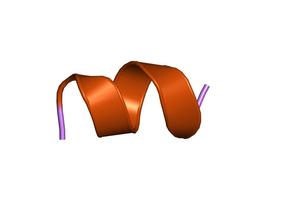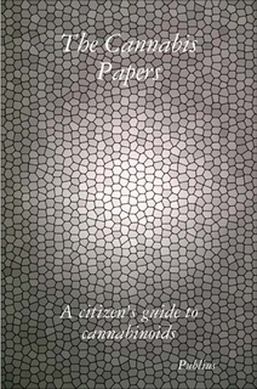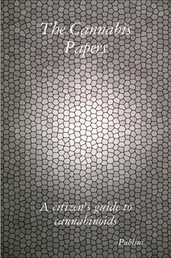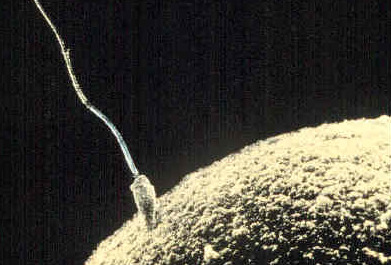 CNR1 is CB1 genetics
CNR1 is CB1 genetics CB1 pharmacophore
Today’s cannabinoid system science update looks at a piece of pharmaceutical research on bivalency and our CB1 receptors. Pharmaceutical researchers are trying to duplicate the cannabinoid bivalency trait found in our bodies, which is the ability to simultaneously influence two different kinds of receptors.
They understand what our bodies do (“evidence suggests that ligands enter CB1 through the lipid bilayer”) yet don’t know how to copy it (“linkers are unlikely to exit the receptor through its external face”). They conclude: “the entire premise of designing bivalent ligands targeting CB1 must be revisited.”
Our bodies keep doing the bivalency shuffle, all the time and every day, while the pharmaceutical researchers revisit the drawing board, and maybe (perhaps) take Nixon’s scheduling law with them.
Trends in Pharmacological Sciences
PubMed 2016
One for the Price of Two…Are Bivalent Ligands Targeting Cannabinoid Receptor Dimers Capable of Simultaneously Binding to both Receptors?
Abstract:
Bivalent ligands bridging two G-protein-coupled receptors (GPCRs) provide valuable pharmacological tools to target oligomers. The success of therapeutically targeting the cannabinoid CB1 receptor has been limited, in part due to its widespread neuronal distribution. Therefore, CB1 ligands targeting oligomers that exhibit restricted distribution or altered pharmacology are highly desirable, and several bivalent ligands containing a CB1 pharmacophore have been reported. Bivalent ligand action presumes that the ligand simultaneously binds to both receptors within the dimeric complex. However, based on the current understanding of CB1 ligand binding, existing bivalent ligands are too short to bind both receptors simultaneously. However, ligands with longer linkers may not be the solution, because evidence suggests that ligands enter CB1 through the lipid bilayer and, thus, linkers are unlikely to exit the receptor through its external face. Thus, the entire premise of designing bivalent ligands targeting CB1 must be revisited.
Next Up: The Union 2016 summer series continues on Sunday 10 July with part 4, Johnny Reb and Gus Kotka Nowhere Enemy Is Time.
Posted by Bryan W. Brickner





 RSS Feed
RSS Feed
